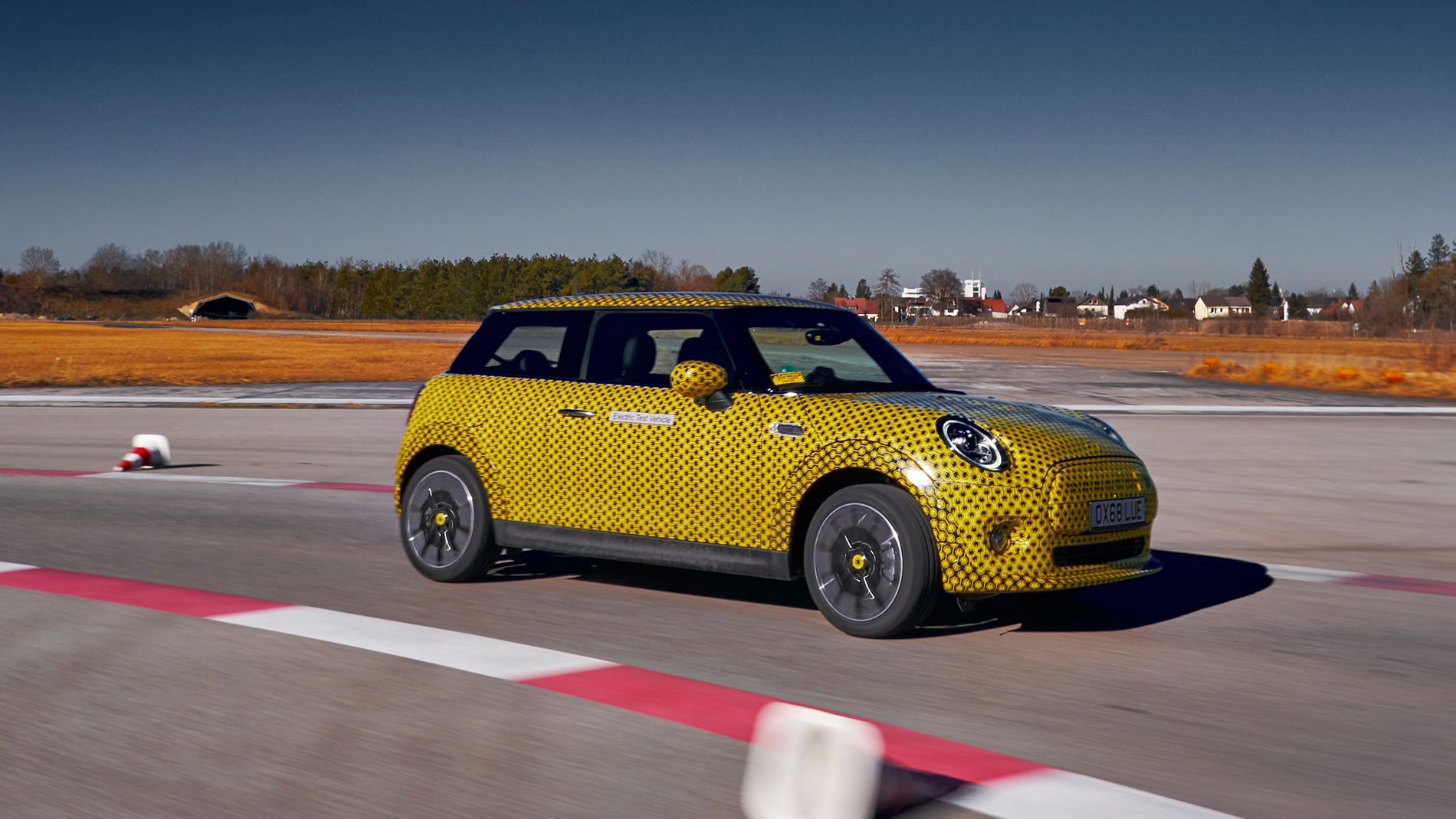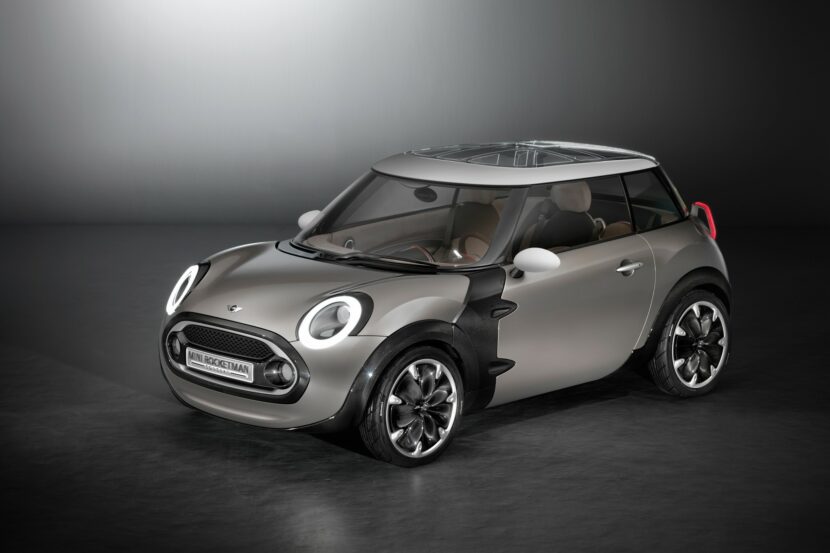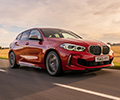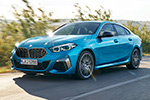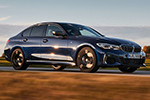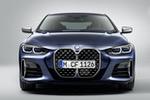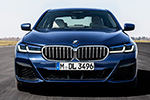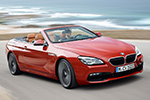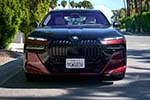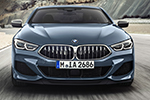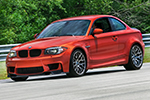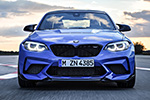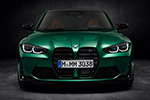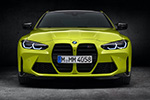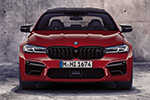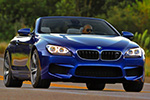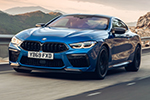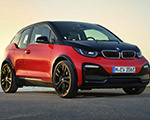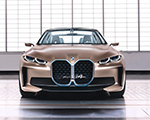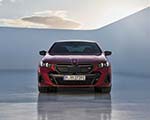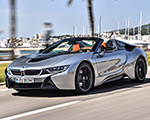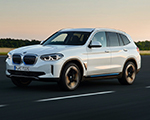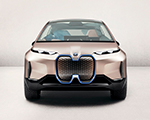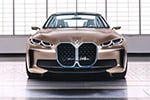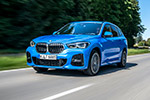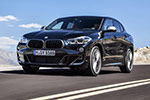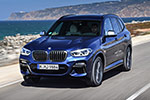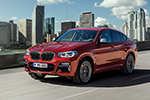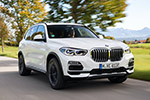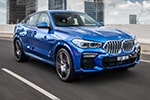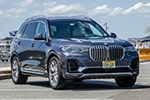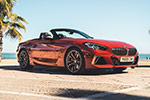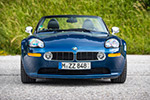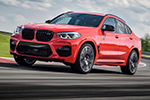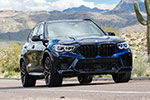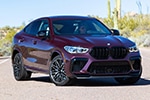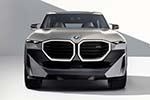MINI has just hosted the first press drives of the Mini Cooper SE electric car and shared with some preliminary data and specs on their upcoming electric car. We haven’t driven the car, so we will have to resume to just sharing the hard data.
One of the first and most important things in an electric vehicle is the range, and MINI says that the Cooper SE will have around 120 miles of electric range. It’s unclear whether that figure is based on the WLTP standard or the U.S. EPA rating.
The usable battery capacity is 29kWh delivering similar real-world range to the 94Ah i3. The engine is also inherited from the i3 S, so around 181 horsepower and 199 lb-ft of torque while the battery cells will be supplied by Chinese firm CATL.
The battery weighs around 200kg and it’s fitted in the space used for the combustion-engined MINI’s exhaust and transmission tunnel. The car weighs around 1360kg, or about 130kg more than a comparable Cooper S with an automatic gearbox.
MINI says that the front-to-rear weight distribution of the Cooper SE is 54/46, compared with 68/32 for the Cooper S, and despite the higher ride height, its center of gravity is also at least 12 percent lower.
The Cooper SE electric is said to hit 62 miles per hour in 7 to 8 seconds. MINI also said charging a completely dead battery to 80 percent takes 40 minutes using a DC fast charger, and 3 hours with an 11-kilowatt AC charger.
That’s kinda all we know so far, but we expect to learn more as the year progresses. Production is scheduled for November 2019, but the U.S. market is said to see the first units in first quarter of 2020.


